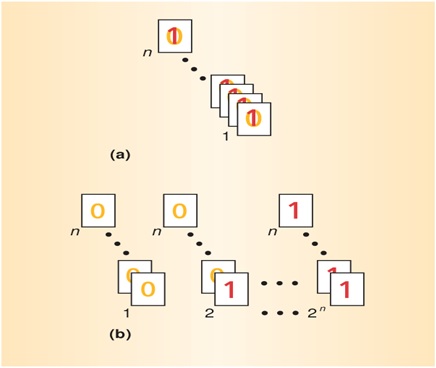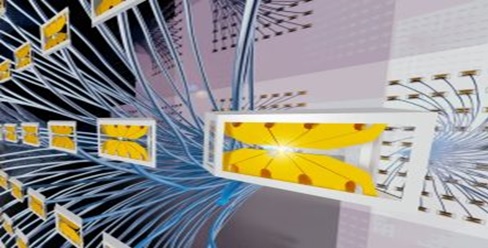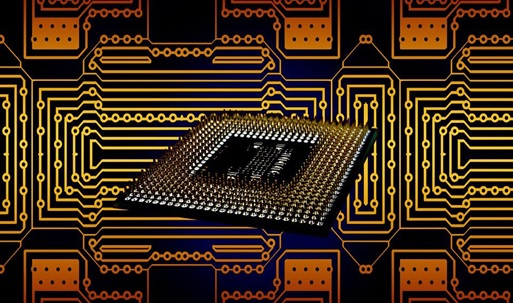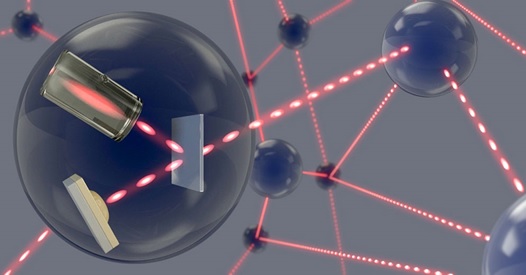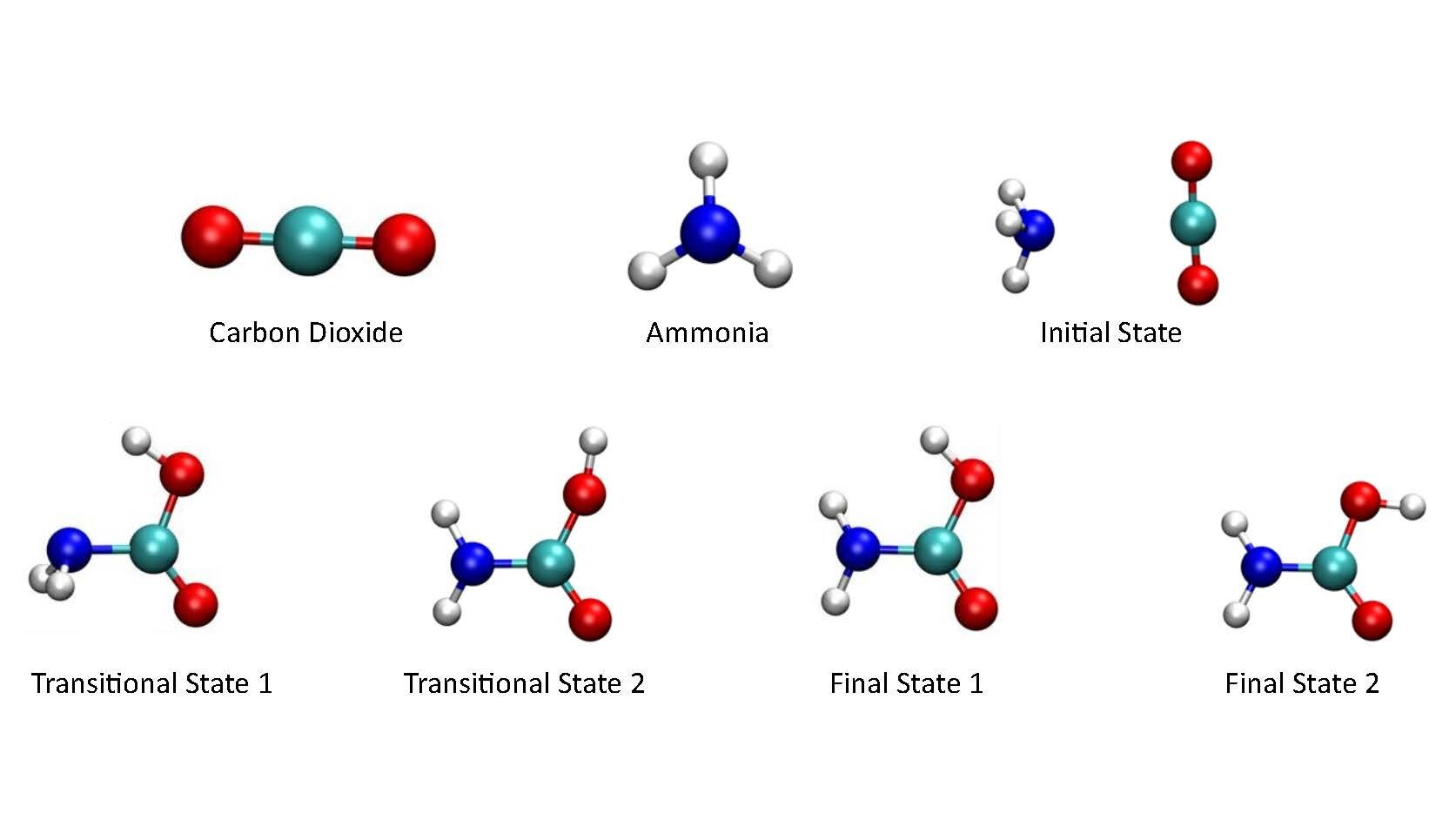Cybersecurity
Large-scale quantum computers will significantly expand computing power, creating new opportunities for improving cybersecurity. Quantum-era cybersecurity will wield the power to detect and deflect quantum-era cyberattacks before they cause harm. But it could become a double-edged sword, as quantum computing may also create new exposures, such as the ability to quickly solve the difficult math problems that are the basis of some forms of encryption. While post-quantum cryptography standards are still being finalized, businesses and other organizations can start preparing today.
Quantum risks to cybersecurity
The advent of quantum computing will lead to changes to encryption methods. Currently, the most widely used asymmetric algorithms are based on difficult mathematical problems, such as factoring large numbers, which can take thousands of years on today’s most powerful supercomputers.
However, research conducted by Peter Shor at MIT more than 20 years ago demonstrated the same problem could theoretically be solved in days or hours on a large-scale quantum computer. Future quantum computers may be able to break asymmetric encryption solutions that base their security on integer factorization or discrete logarithms [1]
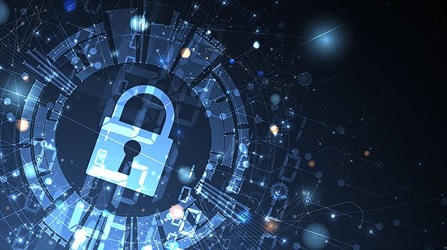
Figure 1. Cybersecurity
Cybersecurity is shown in figure 1. The impact of quantum computing on cybersecurity is twofold. On one hand, quantum computing can be used to enhance the security of digital systems, including encryption methods. On the other hand, it can also pose new challenges and vulnerabilities to existing security measures.
Quantum Cryptography
One of the most promising applications of quantum computing in cybersecurity is quantum cryptography. Traditional encryption methods rely on mathematical algorithms that are difficult for classical computers to crack. However, quantum computers can break these algorithms much faster, rendering them useless in the future.
Quantum cryptography, on the other hand, uses the principles of quantum mechanics to create a secure communication channel between two parties. This is done through the use of qubits, which can be used to transmit information securely. Any attempt to intercept the information will be detected, as the act of measurement changes the state of the qubits.
CEBAF is capable of providing polarized electron beams, which can be directed onto specialized targets containing polarized protons and neutrons in the experimental halls.When an electron beam is polarized, that means that a majority of the electrons are all spinning in the same direction.
Post-Quantum Cryptography
While quantum cryptography offers a promising solution to the threat of quantum computing, it is not yet widely implemented. As such, the development of post-quantum cryptography is also underway. This is a type of encryption that is resistant to attacks by both classical and quantum computers.
The development of post-quantum cryptography is essential, as the current encryption methods will become vulnerable to attacks once quantum computers become more widespread. As such, organizations need to start preparing for this transition by implementing post-quantum cryptography solutions. [2]
References:
- https://www.ibm.com/thought-leadership/institute-business-value/report/quantumsecurity
- https://www.aeologic.com/blog/the-impact-of-quantum-computing-on-cyber-security/
Cite this article:
Gokula Nandhini K (2023), Cybersecurity, AnaTechMaz, pp.112


